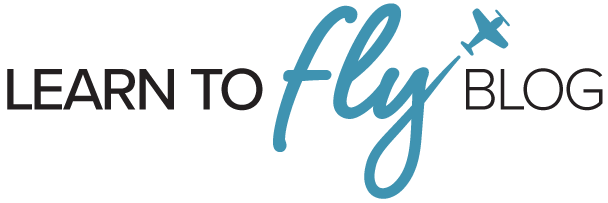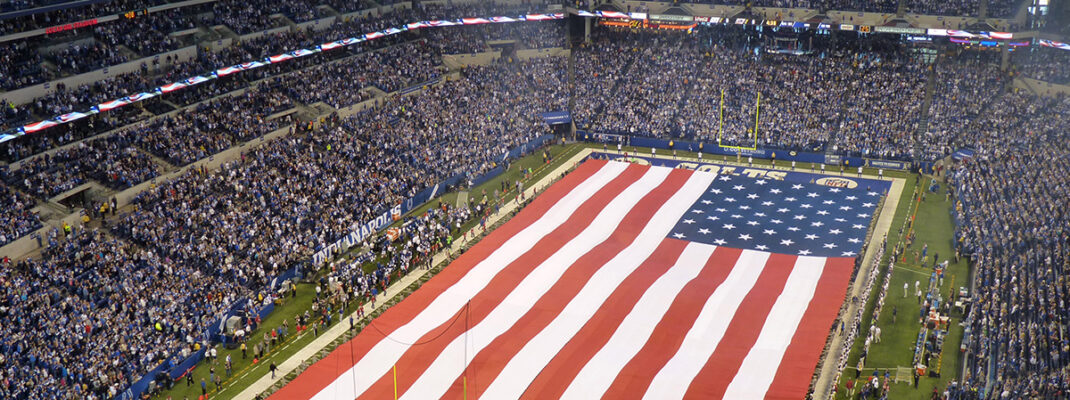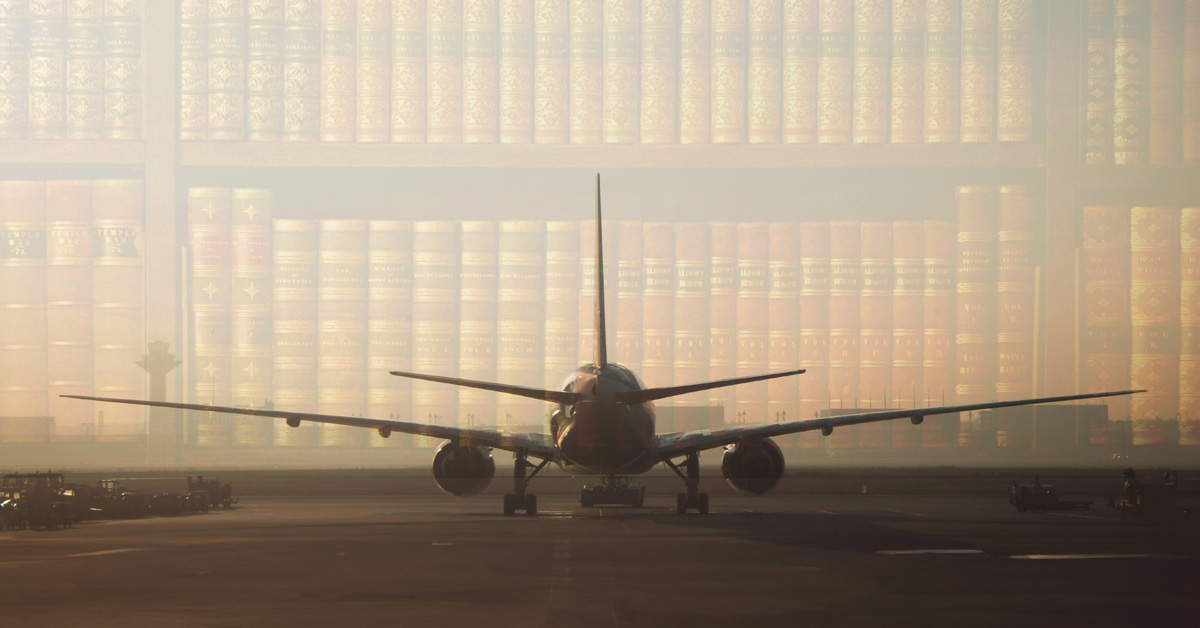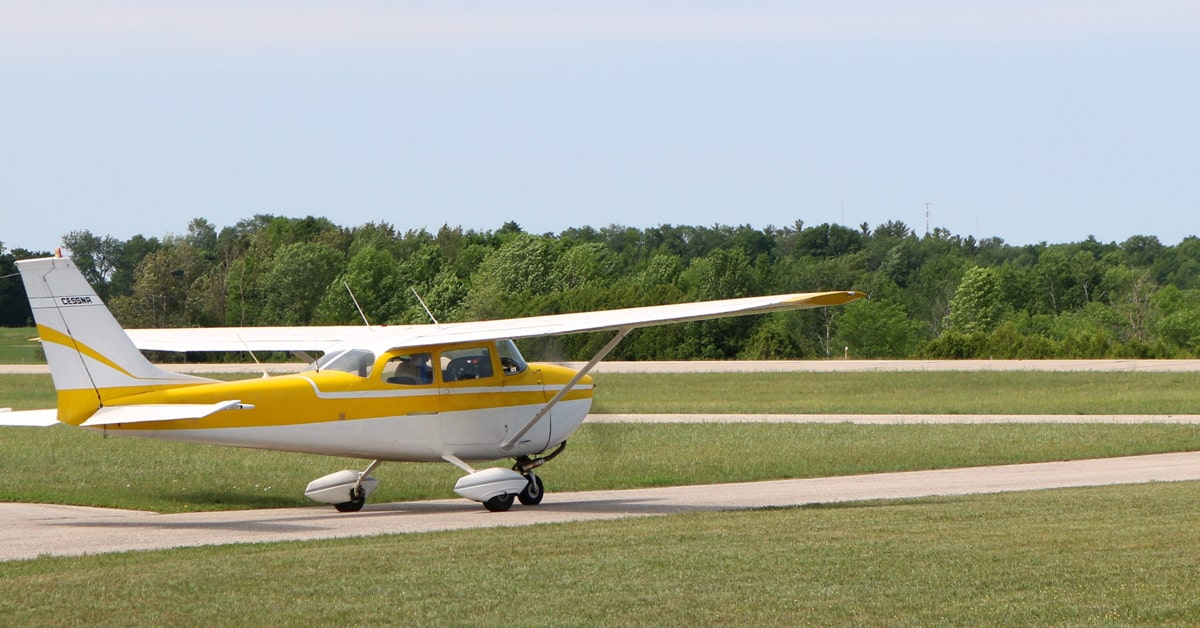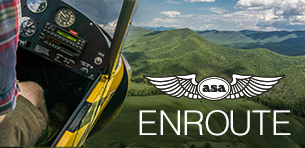When President Trump decided to attend Super Bowl LIX (that’s 59, for non-Romans), the security and airspace regulations in the area became even tighter than usual.
In special circumstances, the Federal Aviation Administration (FAA) has the power to issue something called a Temporary Flight Restriction (TFR), which does exactly what it sounds like—temporarily restricts access to a designated airspace. TFRs can be issued for natural disasters such as wildfires and hurricanes, emergency or national security situations, and certain major sporting events. Super Bowl weekend 2025, with the addition of the President’s visit, the area around the Superdome in New Orleans met two of these criteria.
The skies around any stadium that seats 30,000 or more people and is hosting a regular or post-season National Football League or NCAA division one football game (e.g., the Super Bowl) are classified as National Defense Airspace. (This also applies to Major League Baseball games and NASCAR Sprint Cup, Indy Car, and Champ Series races.) From one hour before the scheduled time of the event until one hour after the end of the event all aircraft operations—including uncrewed aircraft and remote-controlled aircraft—are prohibited within a 3–nautical mile radius up to and including 3,000 feet above ground level. The Super Bowl LIX site was also a No Drone Zone and a designated National Security Special Event, meaning additional unmanned aircraft restrictions were in place before, during, and after the game.
Flights related to sanctioned broadcast coverage, such as a flyover, may be allowed if they have an airspace waiver and all necessary authorizations in addition to obeying all Federal Aviation Regulations. (It’s worth noting that this restriction does not apply to aircraft used for the department of defense, law enforcement, or air ambulance flight operations.)
In addition, 14 CFR §91.141 creates restrictions in the proximity of the Presidential and other parties. “No person may operate an aircraft over or in the vicinity of any area to be visited or traveled by the President, the Vice President, or other public figures contrary to the restrictions established by the Administrator and published in a Notice to Airmen (NOTAM).”
Pilots who do not follow this restriction may be intercepted, detained, and interviewed by law enforcement/security personnel. This page includes information on what to do if you are intercepted, including “remaining predictable” and adhering to instructions. More information on exactly how this affects general aviation and drones is available on the FAA website.
(Some of this information along with additional information about becoming a drone pilot was published in a previous post on sporting events, TFRs, and drones.)
Feature photo via Good Free Photos.
